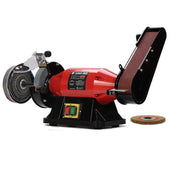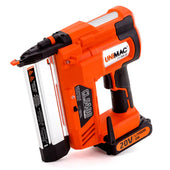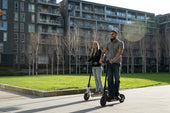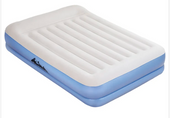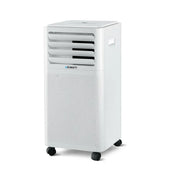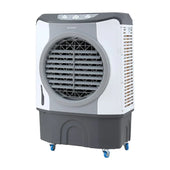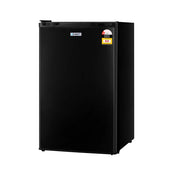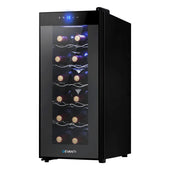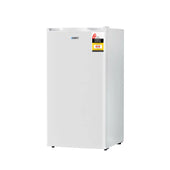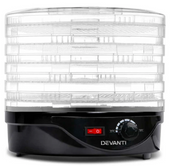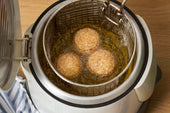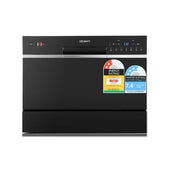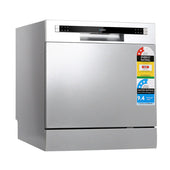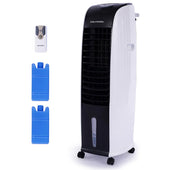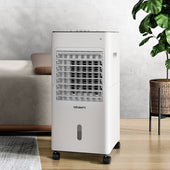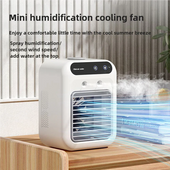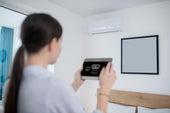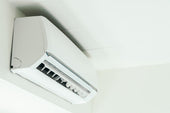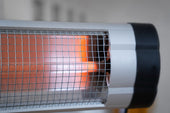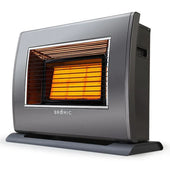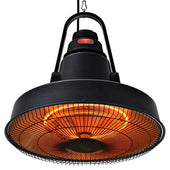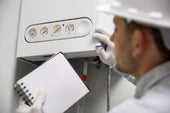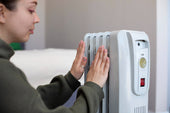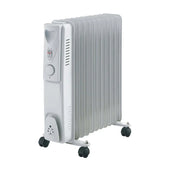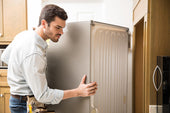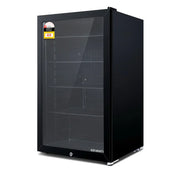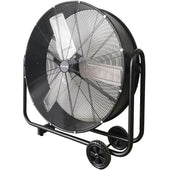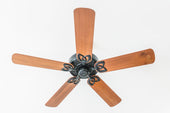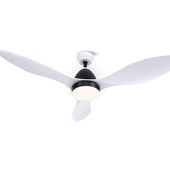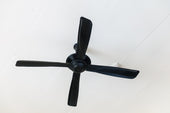Understanding the Basics of Air Fryers
Air fryers use rapid air circulation technology to cook food by circulating hot air around it at high speeds. This mimics the crisping effect of deep frying but requires significantly less oil, making dishes healthier. They consist of a heating element, a fan, and a cooking basket or tray.
Food is placed in the basket while hot air envelops it, creating an outer crisp texture without the need for traditional oil immersion. Users can adjust temperature and timer settings for precision cooking. Common uses include frying, roasting, baking, and grilling. During days, air fryers are versatile, compact, and energy-efficient appliances ideal for modern kitchens.
Key Differences Between Air Frying and Traditional Cooking Methods
- Cooking Process: Air fryers circulate hot air to cook food, while traditional methods like frying rely on oil immersion or pan heating. This distinction affects texture and flavour.
- Oil Usage: Air frying requires minimal or no oil, contrasting traditional frying methods that use substantial quantities of oil, impacting calorie content.
- Cooking Time: Air fryers typically cook faster due to high-temperature convection compared to slower methods like baking or braising.
- Heat Distribution: Unlike ovens, air fryers use rapid air circulation for even cooking, ensuring consistent results across food surfaces.
- Space Efficiency: Air fryers are compact, unlike traditional ovens or deep-fryers requiring larger setups.
Selecting the Right Recipes to Adapt for Air Frying
Adapting recipes for air frying begins with choosing suitable candidates. Dishes traditionally baked, grilled, or fried are often ideal. Consider recipes that thrive in a convection-style environment, such as breaded chicken, potato wedges, or roasted vegetables. Avoid those reliant on heavy liquids, like stews, as air fryers cannot replicate their slow cooking process.
Assess recipes with smaller portions or compact food items for even cooking. Opt for ingredients that crisp easily, benefiting from hot circulating air. Think of foods requiring high heat for a shorter duration, reducing risks of drying out or uneven results.
Adjusting Cooking Times and Temperatures for Air Fryer Success
Air fryers typically operate more efficiently than conventional ovens, requiring adjustments to cooking times and temperatures. Recipes designed for traditional ovens usually demand reduced times when air frying due to quicker heat circulation. A general guide is to lower the temperature by 20°C and reduce the cooking duration by around 20%.
- Vegetables and Lean Proteins: Monitor these closely, as they may cook up to 30% faster in an air fryer.
- Thicker Cuts of Meat: Adjust times incrementally, using a food thermometer to ensure proper doneness.
- Baked Goods: Reduce temperatures to prevent over-browning while ensuring even cooking.
Regularly checking food and shaking the basket enhances even results and prevents overcooking.
Health Benefits of Using an Air Fryer Over Traditional Methods
Air fryers offer an innovative approach to cooking, reducing health risks associated with traditional methods. By using hot air circulation rather than excessive oil, they allow food to retain its flavour while eliminating unnecessary fats.
Key Health Benefits:
- Lower Fat Content: Air frying reduces oil usage by up to 75%, promoting cardiovascular health and weight management.
- Reduced Calorie Intake: Foods prepared in an air fryer generally have fewer calories compared to deep-fried items.
- Minimised Acrylamide Formation: Unlike traditional frying, air fryers reduce exposure to harmful compounds that form when starchy foods are fried at high temperatures.
- Retention of Nutrients: The cooking method preserves vitamins and minerals better than boiling or frying.
These advantages make air fryers a smarter choice for healthier eating habits.
Tips for Converting Fried Foods to Delicious Air-Fried Alternatives
- Adjust the oil usage: Instead of fully submerging foods in oil, brush or spray a light coating of oil on the items to achieve crispiness without the grease.
- Preheat the air fryer: Allow the air fryer to preheat for even cooking and consistent results, much like a traditional deep fryer.
- Choose appropriate coatings: Opt for dry breadcrumbs, panko, or flour-seasoned coatings to replicate the crunch of deep-fried foods effectively.
- Flip halfway through: Turn the food halfway during cooking to ensure even browning on all sides.
- Adapt cooking time and temperature: Lower the cooking temperature slightly and monitor, as air fryers cook faster than traditional deep frying methods.
Adapting Baking Recipes for the Air Fryer
When converting baking recipes for the air fryer, several adjustments ensure successful results. Start by reducing the baking temperature by approximately 10-20°C, as air fryers circulate heat more efficiently. Keep a close eye on cooking times, which may be cut by 20-30% compared to traditional ovens. Grease and line the air fryer basket or use silicone moulds to prevent sticking. Avoid crowding the basket to allow even airflow for consistent baking. Choose smaller batches for cakes, cookies, or pastries as the air fryer has limited space. Finally, rotate items midway through cooking for an evenly golden finish.
Maintaining Texture and Flavour While Air Frying
Achieving the right balance of texture and flavour in an air fryer calls for precise adjustments. Traditional recipes with a crispy finish often benefit from using a light coating of oil; brushing or spraying oil evenly helps recreate the crunch without excess grease. Maintaining moisture in meats or vegetables can be enhanced by marinating or adding a splash of stock or sauce prior to air frying.
Seasoning should be adjusted to compensate for flavours that diminish during faster cooking cycles. Foods prone to drying out, like chicken breasts, can be wrapped in parchment or foil to retain juices. Stirring or shaking halfway ensures even cooking and perfect results every time.
Essential Tools and Accessories for Air Fryer Recipe Adaptation
Adapting traditional recipes for the air fryer requires not only technique but also the right tools to ensure precision and consistency. Certain accessories enhance cooking versatility and optimise results.
- Perforated Parchment Paper: Prevents food from sticking while allowing proper air circulation. Ideal for fragile items like fish or baked goods.
- Silicone Tongs and Brushes: Safe for non-stick surfaces, ensuring food can be flipped or basted without scratching.
- Heat-Resistant Ramekins: Useful for puddings, mini casseroles, or baked eggs within the air fryer.
- Digital Kitchen Scale: Ensures accurate ingredient measurements for recipe adaptation.
- Small Baking Trays or Racks: Perfect for layered cooking or grilling inside the fryer.
Investing in these accessories simplifies air fryer use and enhances your culinary results.
Troubleshooting Common Challenges When Using an Air Fryer
When adapting recipes for an air fryer, several issues may arise. To address uneven cooking, users should avoid overcrowding the basket and periodically shake or rotate food for uniform exposure to hot air. Burnt edges can occur if food is cut inconsistently; adjusting cooking times or temperatures and ensuring consistent sizes helps minimise this risk. Residual grease buildup may lead to smoking; regular cleaning of the basket and tray helps maintain optimal performance. Foods sticking to the tray can be remedied by lightly oiling or using perforated parchment paper. Lastly, learning to calibrate cook times properly ensures results suit specific air fryer models.


